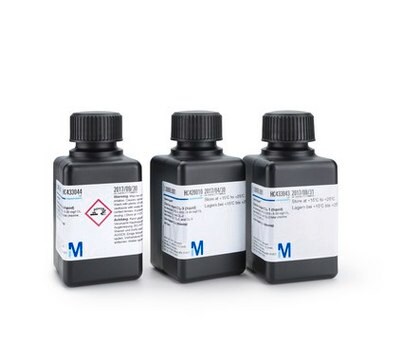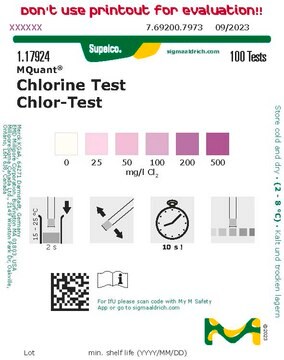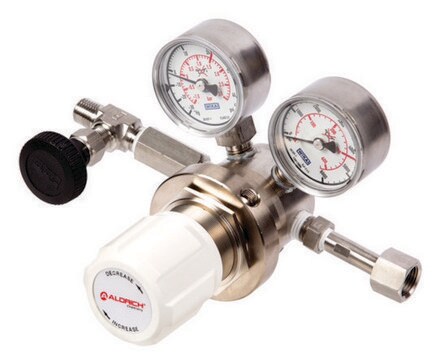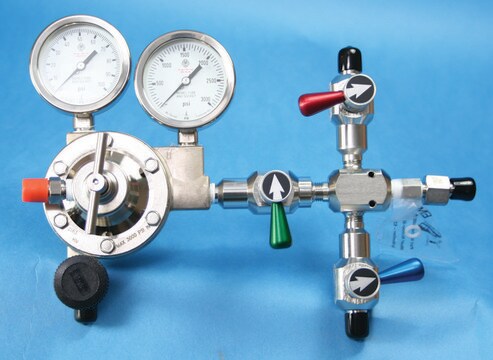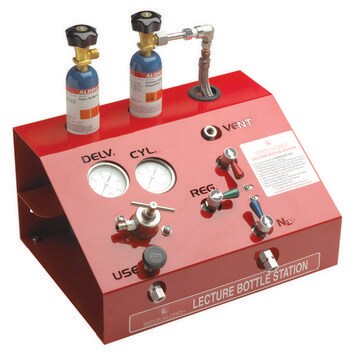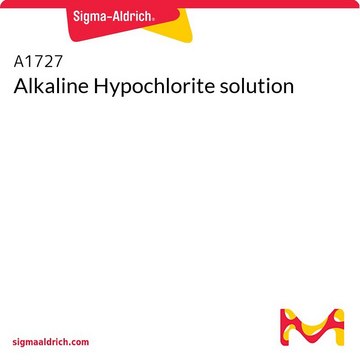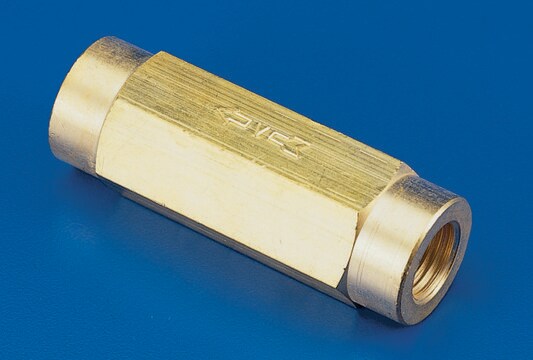Kluczowe dokumenty
22752
Chlorine
puriss., ≥99.8%
Synonim(y):
Chlorine gas
About This Item
Polecane produkty
gęstość pary
2.48 (vs air)
Poziom jakości
ciśnienie pary
4800 mmHg ( 20 °C)
klasa czystości
puriss.
Próba
≥99.8%
rezystywność
1E9 μΩ-cm, 20°C
pozostałość po odparowaniu
≤40 ppm
bp
−34 °C (lit.)
mp
−101 °C (lit.)
ciąg SMILES
ClCl
InChI
1S/Cl2/c1-2
Klucz InChI
KZBUYRJDOAKODT-UHFFFAOYSA-N
Szukasz podobnych produktów? Odwiedź Przewodnik dotyczący porównywania produktów
Opakowanie
Komentarz do analizy
Inne uwagi
Hasło ostrzegawcze
Danger
Zwroty wskazujące rodzaj zagrożenia
Zwroty wskazujące środki ostrożności
Klasyfikacja zagrożeń
Acute Tox. 2 Inhalation - Aquatic Acute 1 - Eye Irrit. 2 - Ox. Gas 1 - Press. Gas Compr. Gas - Skin Irrit. 2 - STOT SE 3
Organy docelowe
Respiratory system
Kod klasy składowania
2A - Gases
Klasa zagrożenia wodnego (WGK)
WGK 2
Temperatura zapłonu (°F)
Not applicable
Temperatura zapłonu (°C)
Not applicable
Środki ochrony indywidualnej
Eyeshields, Faceshields, Gloves
Wybierz jedną z najnowszych wersji:
Masz już ten produkt?
Dokumenty związane z niedawno zakupionymi produktami zostały zamieszczone w Bibliotece dokumentów.
Nasz zespół naukowców ma doświadczenie we wszystkich obszarach badań, w tym w naukach przyrodniczych, materiałoznawstwie, syntezie chemicznej, chromatografii, analityce i wielu innych dziedzinach.
Skontaktuj się z zespołem ds. pomocy technicznej
